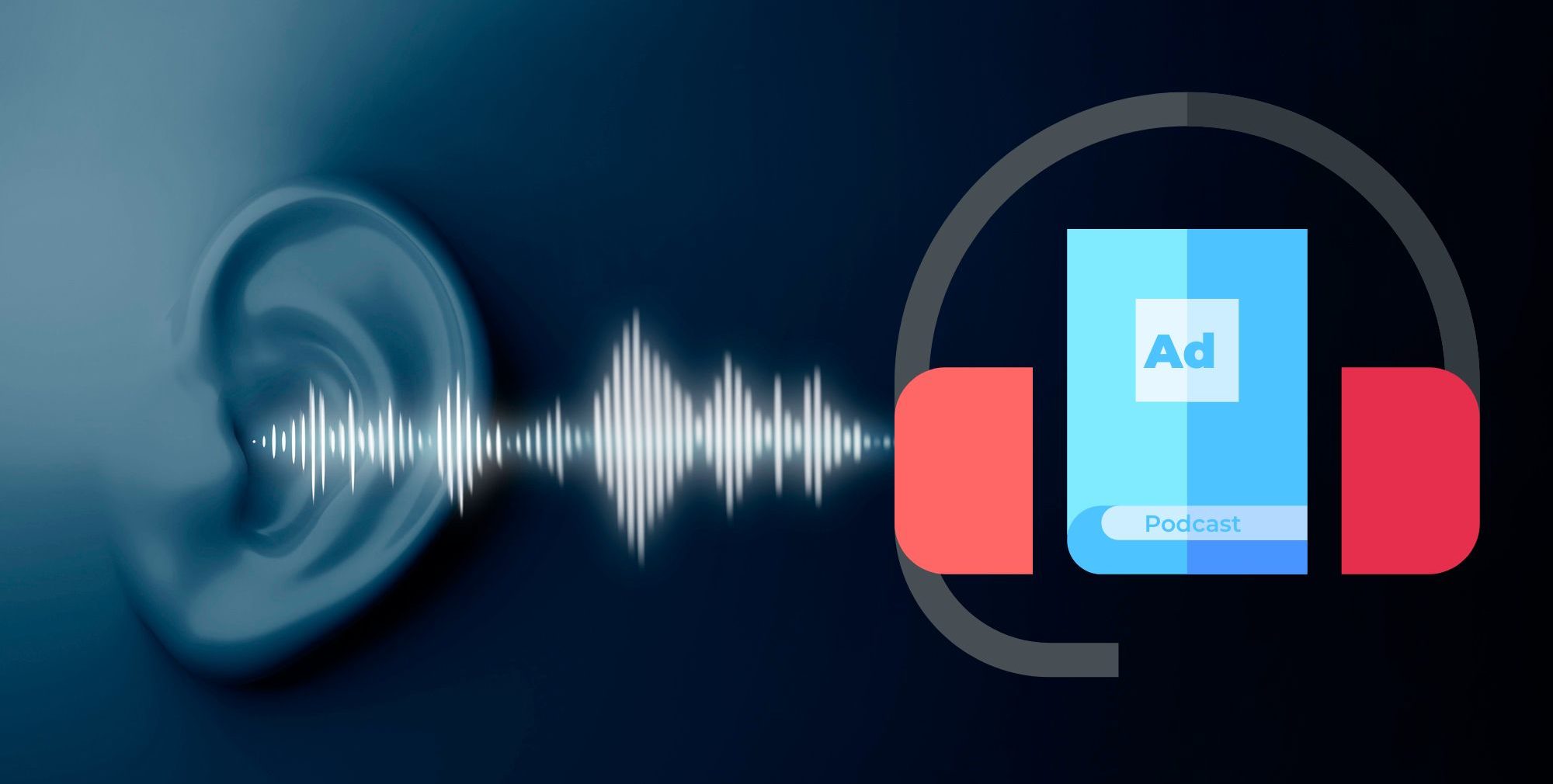Introduction:
In the fast-paced world of digital marketing, advertisers are continuously seeking innovative ways to engage with their target audience. Audio advertising has emerged as a powerful tool that captivates audiences through sound, creating memorable and immersive brand experiences. In this blog, we will explore the world of audio advertising, its various formats, benefits, and best practices for creating impactful campaigns that resonate with audiences.

What is Audio Advertising?
Audio advertising is a form of marketing that utilizes sound to deliver brand messages and promotional content to listeners. It encompasses a wide range of formats, including radio commercials, streaming audio ads, podcast sponsorships, and voice-activated ads. With the rise of digital audio platforms and streaming services, audio advertising has become an integral part of the modern advertising landscape.
The Power of Sound:
Sound has a unique ability to evoke emotions, trigger memories, and capture attention. Audio advertising taps into this power by using music, voiceovers, and sound effects to create a distinct brand identity and connect with audiences on a deeper level. Whether it's a catchy jingle or a compelling voice narration, audio ads have the potential to leave a lasting impression on listeners.
Benefits of Audio Advertising:
- High Engagement: One of the primary advantages of audio advertising is its ability to capture a highly engaged audience. Listeners often tune in to audio content while commuting, exercising, or relaxing, creating a focused listening environment. Unlike visual ads that might get ignored or skipped, audio ads have a captive audience that is more likely to pay attention to the message being conveyed. This heightened level of attention allows advertisers to deliver their brand messages effectively and create a more meaningful brand experience for listeners.
- Immersive Storytelling: Sound has a unique ability to evoke emotions and create vivid mental images. Audio advertising leverages this power of sound to craft compelling narratives and tell stories that resonate with listeners. Through music, voiceovers, sound effects, and storytelling techniques, advertisers can evoke emotions and connect with audiences on a deeper level. These immersive experiences enable brands to establish a more personal and emotional connection with their target audience, making the ad message more relatable and memorable.
- Targeted Reach: Advancements in digital audio platforms have opened up opportunities for highly targeted audio advertising. Advertisers can leverage data-driven insights to segment audiences based on demographics, interests, behaviors, and location. This level of granularity allows them to serve personalized audio ads to specific audience segments, ensuring that the right message reaches the right people at the right time. Targeted audio ads not only enhance the ad's relevance but also improve the overall effectiveness of the marketing campaign.
- Brand Association: Audio advertising offers brands the chance to align themselves with popular podcasts, radio shows, or music artists. By sponsoring or featuring in well-known audio content, brands can benefit from positive associations with the content's reputation and credibility. This association enhances the brand's image and can foster a sense of trust and affinity among listeners. For example, partnering with a respected podcast can position the brand as an expert or thought leader in its industry, thereby boosting its reputation.
- Multi-Tasking Audience: In today's fast-paced world, people often multitask, and audio advertising enables brands to reach users during various activities. Whether it's driving, working, cooking, or exercising, audio ads can effectively engage with audiences while they are occupied with other tasks. This unique advantage ensures that advertisers can connect with users in situations where visual advertising might not be feasible or safe (e.g. while driving). Audio ads cater to the on-the-go nature of modern consumers, allowing brands to stay present in their daily lives.
Audio advertising offers a range of compelling benefits that make it a valuable addition to any marketing strategy. With high engagement, immersive storytelling, targeted reach, positive brand associations, and the ability to reach a multi-tasking audience, audio ads have the potential to deliver impactful and memorable brand experiences, ultimately driving better campaign outcomes and fostering stronger connections with the target audience.
Formats of Audio Advertising:
- Radio Commercials: Radio commercials are one of the traditional and well-established formats of audio advertising. In this format, advertisers create pre-recorded audio ads that are broadcasted during radio shows and programs. These ads are strategically placed to reach a wide and diverse audience of radio listeners. Radio commercials often include catchy jingles, memorable taglines, and persuasive voiceovers to capture the attention of listeners and convey the brand's message effectively. The reach of radio commercials makes them suitable for broader brand awareness campaigns.
- Streaming Audio Ads: With the rise of digital audio platforms and music streaming services, streaming audio ads have become increasingly popular. Advertisers can serve audio ads between songs or during natural breaks in the streaming content. These ads can be tailored to target specific audience segments based on their music preferences, demographics, and behavior. Streaming audio platforms often offer advanced targeting capabilities, allowing advertisers to deliver more personalized and relevant ads to listeners. Streaming audio ads are an excellent choice for reaching engaged audiences who actively use music streaming services.
- Podcast Sponsorships: Podcast sponsorships involve brands partnering with podcast creators to have their products or services mentioned at the beginning, during, or end of podcast episodes. These sponsorship messages are usually integrated seamlessly into the podcast's content by the hosts themselves. Podcasts typically have dedicated and loyal audiences, and their hosts' endorsements can carry significant weight and trust. As a result, podcast sponsorships offer a unique opportunity for brands to tap into the credibility and engagement of the podcast's audience. They work particularly well for niche marketing and targeted campaigns, where the brand's message aligns with the podcast's theme and audience interests.
- Voice-Activated Ads: As smart speakers and voice assistants become more prevalent in households, voice-activated ads have emerged as a new frontier in audio advertising. Advertisers can create interactive audio ads that respond to user queries or provide relevant information. These ads are triggered when users invoke a specific voice command, such as asking for product recommendations or seeking information about a service. Voice-activated ads offer a highly engaging and conversational ad experience, allowing brands to connect with users in a more personalized and interactive manner. As voice technology continues to advance, voice-activated ads present a promising avenue for advertisers to explore.
The formats of audio advertising cater to diverse marketing needs and preferences. Whether it's traditional radio commercials for a broad reach, streaming audio ads for targeted campaigns, podcast sponsorships for niche audiences, or voice-activated ads for interactive engagement, each format offers a unique set of advantages. By leveraging these various formats strategically, advertisers can effectively tap into the power of audio to deliver compelling brand messages and connect with their target audiences in meaningful ways.
Implementing best practices for audio advertising:
It is essential to ensure that your campaigns effectively connect with your target audience and drive desired results. Let's dive into these best practices:
- Know Your Audience: Understanding your target audience is the foundation of successful audio advertising. Conduct thorough market research to gain insights into your audience's preferences, interests, behaviors, and demographics. This knowledge will help you create audio ads that resonate with your audience, delivering messages that are relevant and meaningful to them.
- Be Memorable: In the world of audio advertising, being memorable is crucial. Use distinct and recognizable sounds, such as jingles or catchy tunes, to create a unique brand identity. A well-crafted jingle or a memorable catchphrase can stick with listeners long after they hear the ad, enhancing brand recall and recognition. Focus on making your brand's audio elements stand out, making it easier for your audience to identify and remember your brand.
- Tell Stories: Harness the power of storytelling in your audio ads to captivate and engage your audience emotionally. Craft narratives that connect with listeners on a personal level, evoking emotions and triggering meaningful responses. Stories have the ability to create an emotional connection with the audience, making your ad more impactful and memorable. Use storytelling techniques to communicate your brand's values, mission, and unique selling points, leaving a lasting impression on your audience.
- Call-to-Action: A clear and compelling call-to-action (CTA) is a must-have in any audio ad. After capturing your audience's attention and engaging them with your message, guide them toward the desired action. Whether it's visiting your website, making a purchase, signing up for a newsletter, or calling a toll-free number, a well-crafted CTA prompts listeners to take the next step. Make sure the CTA is easy to understand and accessible, encouraging immediate action.
- Monitor and Optimize: The key to continuous improvement in audio advertising lies in monitoring the performance of your ads and optimizing them based on real-time data. Track relevant metrics such as ad reach, engagement, conversion rates, and brand lift. Analyze the data to identify areas of improvement and adjust your ad strategies accordingly. A/B testing different ad variations can provide valuable insights into what works best for your target audience. Continuous optimization ensures that your audio ads remain relevant, effective, and aligned with your campaign objectives.
Following these best practices for audio advertising can elevate your campaigns and enhance their impact on your target audience. By understanding your audience, creating memorable brand elements, incorporating storytelling, including clear CTAs, and monitoring and optimizing your ads, you can create compelling audio experiences that resonate with listeners, foster brand loyalty, and drive positive outcomes for your brand. Remember that audio advertising is a dynamic medium, and staying attuned to your audience's preferences and preferences is crucial for ongoing success.
Conclusion:
Audio advertising presents a valuable opportunity for advertisers to connect with their target audience through the power of sound. With the ability to engage, evoke emotions, and create memorable brand experiences, audio ads have become an essential component of modern marketing strategies. By understanding the benefits of audio advertising and implementing best practices, advertisers can leverage this medium to deliver impactful campaigns that resonate with audiences and drive meaningful results in an ever-evolving digital landscape.
